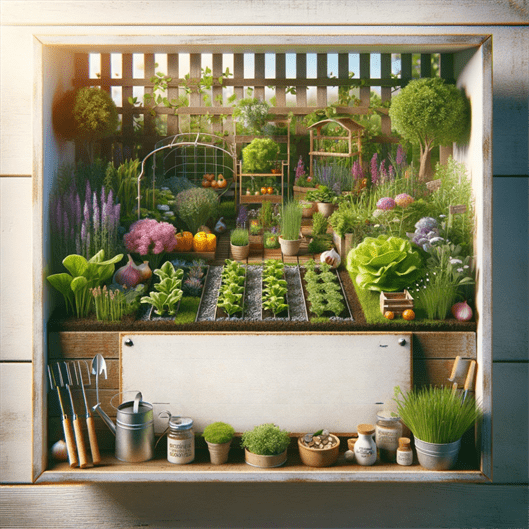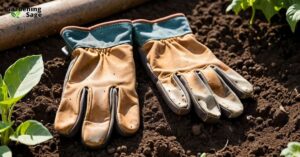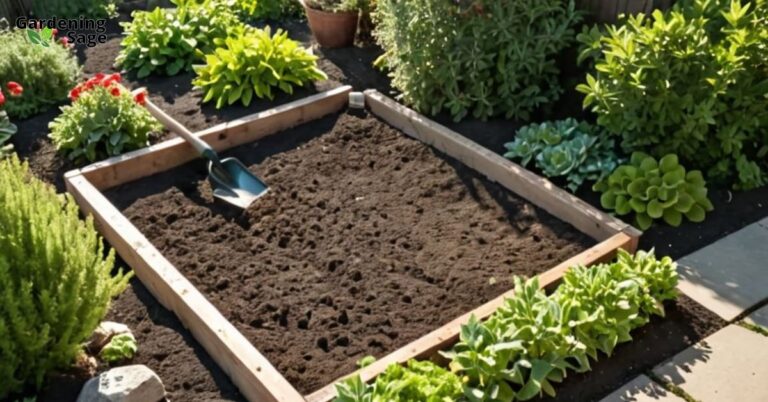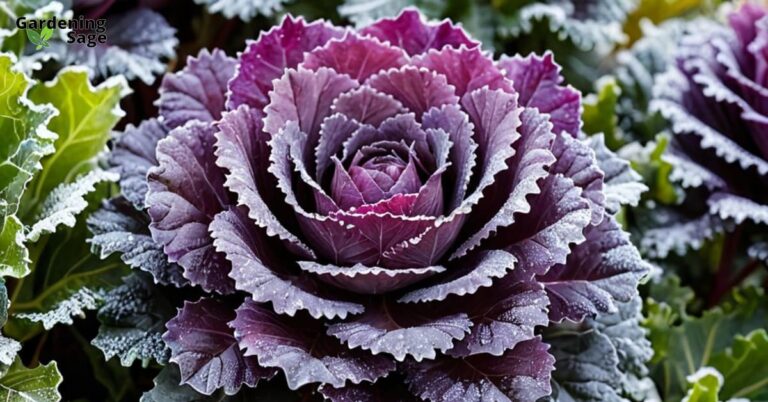Embracing organic gardening is a journey towards sustainability, health, and harmony with nature. This comprehensive guide is designed to help you embark on this rewarding path, showing you how to create a lush, chemical-free garden from the ground up.
Whether you’re a novice gardener or looking to transition to a more organic approach, these steps will lead you toward a sustainable, environmentally friendly garden brimming with life.
Understanding Organic Gardening
Organic gardening transcends the act of simply avoiding chemicals. It’s a holistic approach that fosters a symbiotic relationship with nature.
This method focuses on nurturing the soil, conserving resources, and fostering biodiversity, resulting in a garden that’s both productive and sustainable.

1. Planning Your Organic Garden
A well-planned garden sets the stage for success. Consider factors like sunlight, wind patterns, and soil quality when deciding where to plant. Plan your garden layout with companion planting in mind, as certain plant combinations can enhance growth and deter pests naturally.
2. Getting to Know Your Soil
Soil health is paramount in organic gardening. Test your soil to understand its type and nutrient levels.
Amend your soil with organic matter – compost, aged manure, and leaf mold are excellent choices for enriching the soil and improving its structure.
3. Choosing the Right Plants
Select plants that are well-suited to your garden’s conditions. Opt for native plants and heirloom varieties, as they are often better adapted to local conditions and more resilient to pests and diseases. Also, consider the specific needs of each plant in terms of sunlight, water, and soil type.
4. The Art of Composting
Composting is the heart of organic gardening. It recycles kitchen scraps and garden waste into rich, nutritious soil. Start a compost pile or bin, and use this black gold to feed your garden.
Not only does composting reduce waste, but it also improves soil health significantly.
5. Water Wisely
Water conservation is key in organic gardening. Use rain barrels to collect rainwater for irrigation, and water your plants deeply but infrequently to encourage strong root growth.
Mulching helps retain soil moisture and reduces the need for watering.
6. Mulching for Healthier Soil
Mulch serves multiple purposes in an organic garden. It suppresses weeds, retains moisture, and as it decomposes, it feeds the soil. Use organic mulch like straw, grass clippings, or bark chips to keep your soil healthy and your plants thriving.
7. Natural Pest and Disease Control
Avoid synthetic pesticides and herbicides. Instead, encourage beneficial insects, use barriers or traps, and practice crop rotation.
Natural remedies, like neem oil or homemade insecticidal soaps, can manage pests without harming the environment.
8. Embracing Biodiversity
A diverse garden is a healthy garden. Plant a variety of species to create a balanced ecosystem.
This not only makes your garden more resilient to pests and diseases but also supports local wildlife.
9. Organic Fertilizers and Amendments
Nourish your plants with organic fertilizers. Fish emulsion, seaweed extract, and compost tea are excellent options that provide a wide range of nutrients.
These natural fertilizers feed your plants gently, without the risk of chemical buildup in the soil.
10. Keeping a Garden Journal
Document your gardening journey. A journal helps track what works and what doesn’t, allowing you to refine your practices each season.
Record planting dates, weather patterns, pest issues, and successes to continually improve your organic garden.
11. Continuous Learning and Adaptation
Organic gardening is a learning process. Stay curious and open to new ideas, techniques, and innovations in sustainable gardening.
Connect with local gardening communities, attend workshops, and read up on organic gardening methods to expand your knowledge.
12. Sharing the Organic Gardening Philosophy
Spread the word about the benefits of organic gardening. Share your experiences, successes, and challenges with others.
Teaching and learning from fellow gardeners strengthen the organic gardening community and promote a more sustainable approach to gardening.
Cultivating a Green Future
Organic gardening is a rewarding pursuit that not only brings joy and bounty but also contributes positively to the health of our planet.
By following these steps and embracing organic principles, you can create a garden that is not only a source of natural beauty and nourishment but also a testament to your commitment to a more sustainable, eco-friendly lifestyle.
Let your garden be a haven where nature thrives in its purest form.














